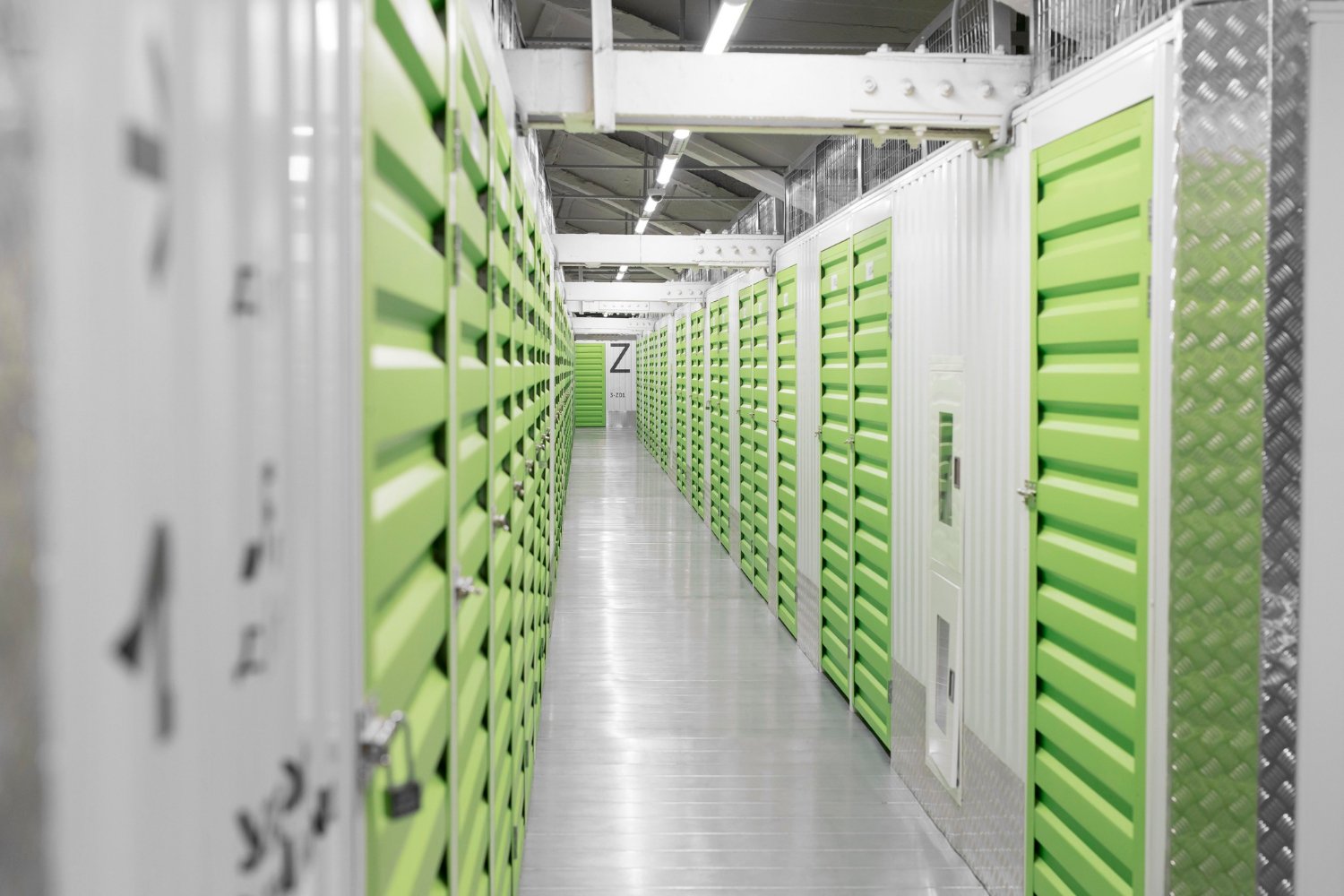
Multitier Architecture in Client-Server Applications
Introduction to Multitier Architecture
What Is Multitier Architecture?
Multitier architecture, a staple in modern software design, refers to a client-server architecture in which an application is executed by more than one distinct software agent. This approach divides the application into logical layers, each with a specific role, enhancing manageability, scalability, and flexibility.
The Evolution from Single-Tier to Multitier Systems
Initially, many systems were designed with a single-tier architecture, where the user interface, data processing, and data storage were combined in one platform or application. However, as technology and business needs evolved, this model became limiting. Multitier architecture emerged as a solution, separating these functions into different layers to handle more complex, distributed environments.

The Fundamentals of Three-Tier Architecture
Overview of the Three Tiers
In three-tier architecture, an application is divided into three distinct layers: the presentation tier, the application (or business logic) tier, and the data tier. Each tier is physically and logically separated, allowing them to be independently developed, maintained, and updated.
Understanding Each Tier’s Role and Function
- The presentation tier is responsible for user interaction, displaying information, and capturing user inputs.
- The application tier handles business logic, processes user requests, and performs computations.
- The data tier manages data storage and retrieval, acting as a database with data-related services and operations.
How the Tiers Interact in a Client-Server Model
In this model, the client interacts with the application through the presentation tier. The application tier processes the requests, interacts with the data tier for data storage or retrieval, and sends the results back to the presentation tier. This separation facilitates smooth interactions and efficient data handling.
Deep Diving into the Tiers
Front-End: The User Interface and Presentation Tier
This layer is where users interact with the application. It’s focused on design and user experience, ensuring that the interface is intuitive and responsive. It communicates with the application tier to send and receive data, providing the user with the necessary functionality and information.
Application Tier: The Business Logic Layer
The application tier is the core of the application’s functionality. It processes user requests, executes business logic, and manages data flow between the front-end and the data tier. This layer is crucial for the effective operation of the application, handling computations, and business rules.
Data Tier: The Database Server
At the bottom is the data tier, comprising the database servers where data is stored, retrieved, and updated. It is responsible for ensuring data integrity, security, and efficient access. This tier is crucial for managing the vast amounts of data that modern applications handle.
Architectural Considerations and Design
Comparing Tiers and Layers: Terminology Clarified
While often used interchangeably, “tiers” and “layers” have distinct meanings. Tiers usually refer to the physical separation of components in different servers or machines, whereas layers refer to the logical separation of functionality within the application.
Key Principles in Designing a Multitier System
Designing a multitier system involves considering factors like scalability, maintainability, and the independence of tiers. It’s important to ensure that each tier can operate and be updated independently without affecting the others. Additionally, the system should be scalable to handle increased loads and maintainable for ease of updates and bug fixes.
Benefits and Challenges of Three-Tier Architecture
Advantages: Scalability, Maintainability, and Security
The three-tier architecture offers several advantages. Its separation of concerns allows for greater scalability, as each tier can be scaled independently based on demand. It enhances maintainability since updates or changes can be made to one tier without disrupting others. Security is also improved, as layers can implement their security measures.
Challenges and Common Pitfalls
Despite its benefits, three-tier architecture comes with challenges. It can be complex to design and implement effectively, requiring careful planning and skilled developers. Ensuring efficient communication and data transfer between tiers can be difficult, and there’s a risk of performance bottlenecks if one tier becomes overburdened. Additionally, the architecture requires rigorous testing to ensure seamless interaction between the tiers.
Implementation and Practical Applications
Implementing Three-Tier Architecture in Web Development
When it comes to web development, implementing a three-tier architecture is akin to setting a strong foundation for a building. It’s all about dividing your web application into three critical sections: the presentation tier, the application tier, and the data tier. Each of these layers has a unique role, ensuring that responsibilities are well-distributed, leading to more efficient development and easier maintenance. For instance, the presentation tier focuses solely on the user interface, while the application tier handles all the business logic. This segregation not only simplifies coding but also enhances the application’s scalability and flexibility.
Case Studies: Real-World Applications and Success Stories
The proof of the pudding is in the eating, right? Let’s talk about some real-world applications of three-tier architecture. Many successful web platforms, from e-commerce giants to social media networks, rely on this model. For example, consider an online retail store. By using a three-tier architecture, they can efficiently manage user interfaces (like product catalogs), handle business processes (like shopping carts and payment processing) in the application tier, and securely store customer and transaction data in the database tier. This separation ensures streamlined operations and a better user experience.

Beyond Three Tiers: Exploring Other Multitier Models
Two-Tier Architecture: Pros and Cons
Now, let’s switch gears and talk about the two-tier architecture. It’s simpler, involving just a client and a server. The client handles both the presentation and application layers, while the server manages the data. This model is great for smaller applications due to its simplicity and ease of implementation. However, it can become a bottleneck as the application grows, with scalability and maintenance becoming increasingly challenging.
N-Tier Architecture: Flexibility and Complexity
In contrast, N-tier architecture is like opening a box of possibilities. It involves more than three tiers, each dedicated to a specific function. This model offers incredible flexibility, allowing developers to add or modify layers as needed. However, with great flexibility comes greater complexity. More tiers mean more intricate interactions and potential points of failure, requiring a robust design and management strategy.
The Future: Cloud Computing and Multitier Architectures
Looking towards the future, cloud computing is set to play a starring role in multitier architectures. The cloud offers a dynamic environment where different tiers can be hosted and scaled independently. This means businesses can leverage cloud services for different layers, enhancing performance, scalability, and cost-efficiency. It’s a trend that’s reshaping how multitier systems are conceptualized and implemented.

Best Practices in Multitier Architecture
Ensuring Scalability and Efficiency
When working with multitier architectures, scalability and efficiency are your top priorities. To achieve these, it’s essential to design each tier to handle load increases without compromising performance. This might involve techniques like load balancing, efficient database design, and optimizing business logic in the application tier.
Security Considerations and Data Integrity
Security in multitier architecture is like a chain: only as strong as its weakest link. Each tier must be fortified against potential threats, with particular attention to the data tier. Practices like encryption, secure APIs, and regular security audits are crucial. Moreover, ensuring data integrity across tiers is vital, especially when dealing with sensitive information.
Maintaining Performance and Reliability
Lastly, performance and reliability are the cornerstones of a successful multitier architecture. This involves regular testing, performance tuning, and setting up failover mechanisms to ensure the system remains operational even if one tier fails. Monitoring tools can also be employed to keep an eye on the health of each tier.
Conclusion: The Role and Importance of Multitier Architecture in Modern Computing
Multitier architecture has become a linchpin in modern computing, offering a structured, scalable, and efficient way to build complex applications. From enhancing user experience to ensuring robust data handling, this architectural model has proven its worth across various domains. As technology evolves, especially with the advent of cloud computing, multitier architectures are poised to become even more integral, adaptable, and powerful. The future of multitier architecture is bright, with continuous innovation and improvement paving the way for more advanced and efficient computing solutions.

As a seasoned professional with a unique blend of skills in Computer Design and Digital Marketing, I bring a comprehensive perspective to the digital landscape. Holding degrees in both Computer Science and Marketing, I excel in creating visually appealing and user-friendly designs while strategically promoting them in the digital world.

